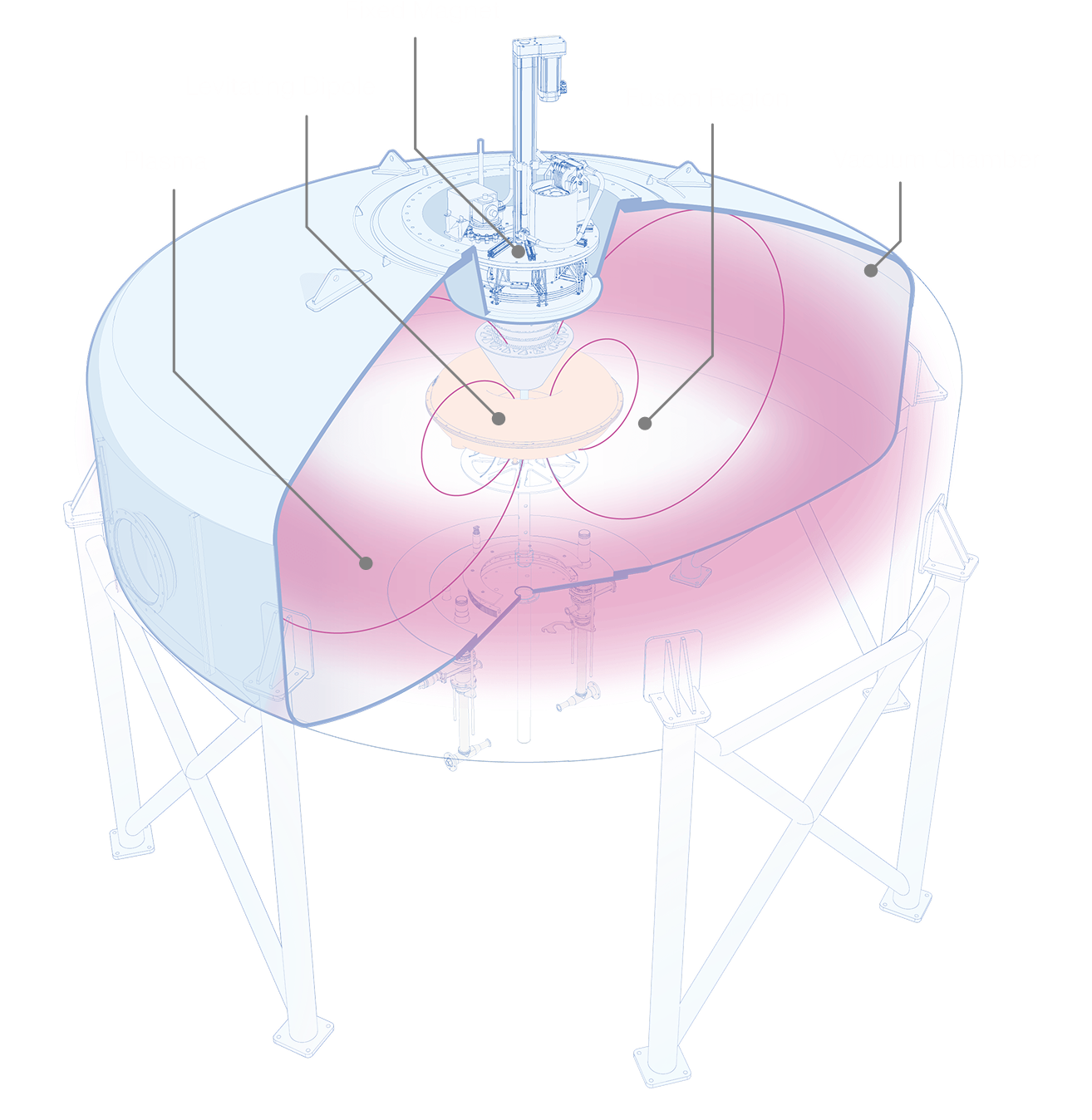Until in 2004 a team at MIT sparked a plasma around the Levitated Dipole Experiment. LDX started the countdown to real, useful, power-positive fusion. Even if no one could see it at the time.
OpenStar was founded to build a levitated dipole reactor using the new technology that has developed in the 20 years since LDX. On October 31st 2024, OpenStar confined a plasma around our first Marsden Class device constructed using High Temperature Superconductor, the critical step to show LDRs can be scaled to produce fusion energy.
Now that HTS has been used to build dipoles, OpenStar will build the key experiments to show that fusion is in reach. Our second class of device, Rutherford, will produce the fusion reactions to probe the remaining physical unknowns. Meanwhile, rapidly deployed Marsden class devices increase broad understanding of dipole physics.
Our first power-positive Hasegawa Class devices come online and begin providing useful power to the grid, eliminating the need for fossil fuels and improving reliability of power for industry. Hasegawa will be just the beginning, as we scale and iterate to drive the world into a new age of energy abundance.
